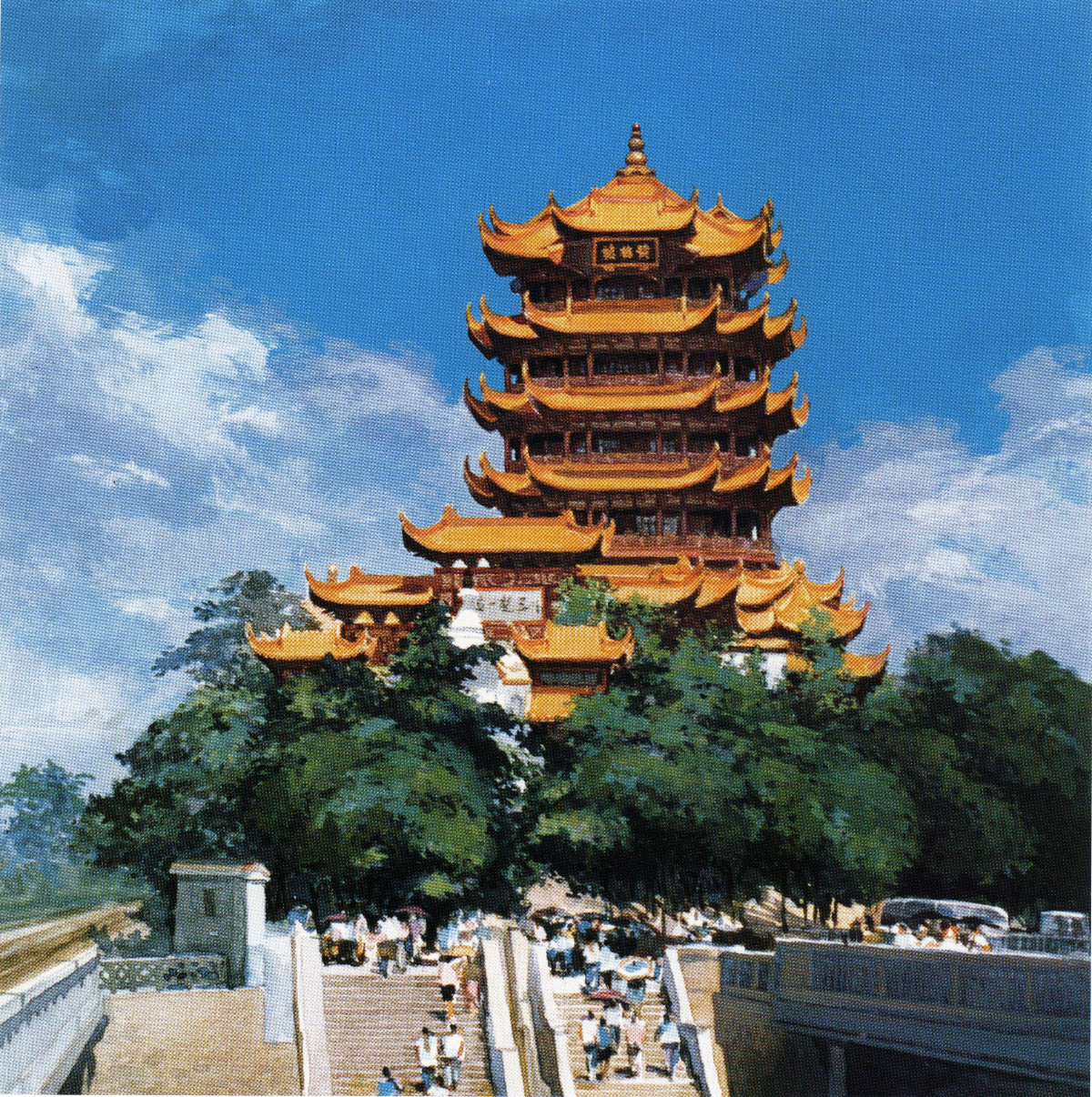Little-known architect built a towering legacy


Towering figure
The original Yellow Crane Tower was built in 223 AD during the Three Kingdoms (220-280) for military use. In the following dynasties, it became a travel destination for intellectuals and was written about in many ancient poems.
It was destroyed seven times, due to military conflicts or accidents, and restored 10 times during the Ming (1368-1644) and Qing dynasties. The last restoration of the tower was in 1868, but it was again destroyed in 1884.
Almost a century later, the Wuhan government decided to build a new tower on a different site to the original. Their intention was to keep the history of the tower alive and preserve the city's culture.
Since reopening in June 1985, the five-story 51.4-meter-high building located on Sheshan Mountain above the Yangtze River has been designated a national 5A tourism attraction.
Reconstruction work began in October 1981 and to fulfill his bold promise, Xiang worked day and night. Without a computer, he drew around 150 sketches by hand, which detailed construction work, interior design and landscaping.
He visited libraries and experts to absorb as much knowledge as possible about the architectural style he wanted to recreate."Exhausted from working overtime, I sometimes nodded off on the bus and missed the station," he said in the article. At 1.8 meters tall, his weight dropped to 60 kilograms at one point due to the tough work schedule.
In September 1983, the roofs of the tower were in place and Xiang moved into a 12-square-meter room at the construction site to speed the workflow. The room contained a bed, office table and drawing boards. One of his son's, Xiang Shang, remembers visiting the construction site when he was a small boy."The working environment was harsh," he said. "Father put all his energy into it and mother took over all the duties at home."
























